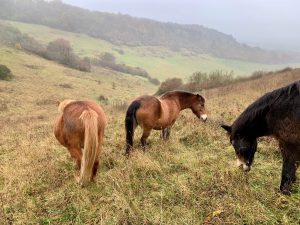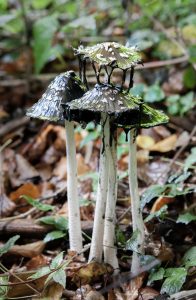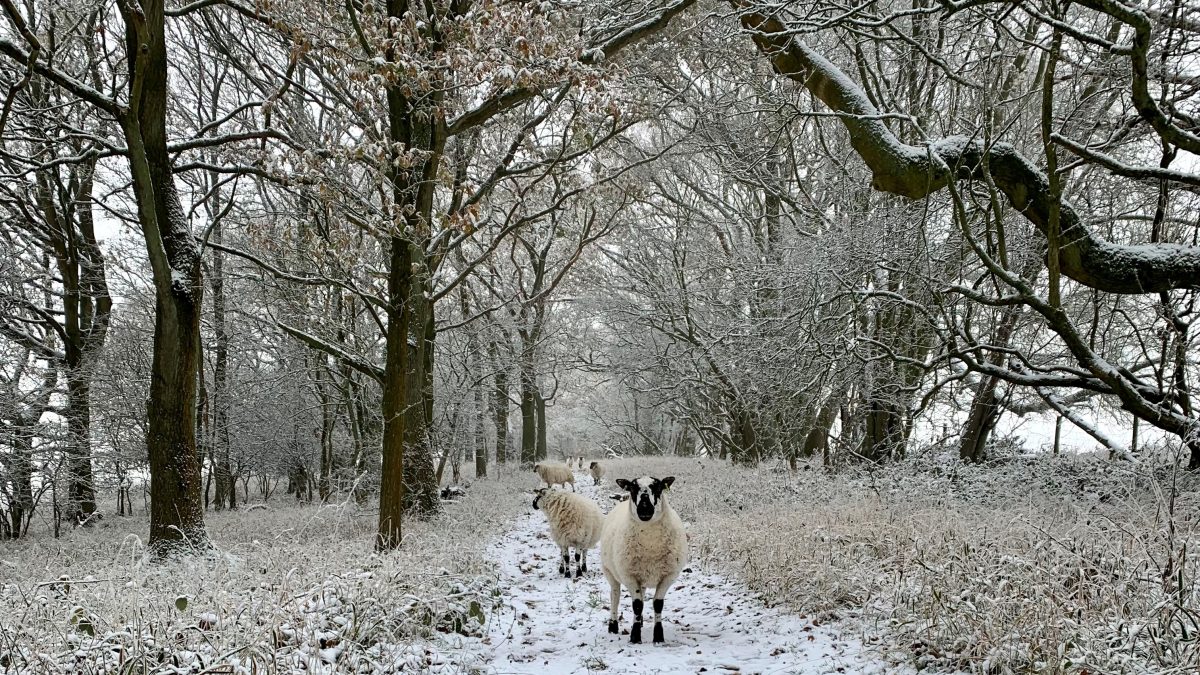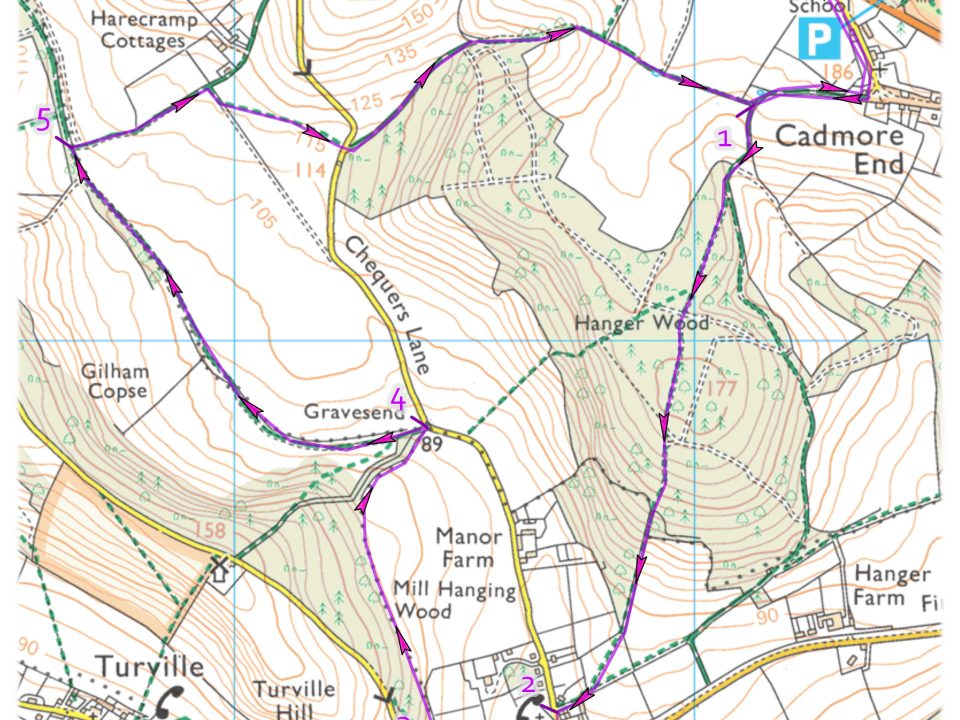
Could you help some Squirrels?
September 11, 2024
It be nearly Christmas time me hearties – festive fun awaits ye!!!
October 31, 2024It is the season…. for fungi, cold mornings, birds of prey, and new lambs! Whilst the main flowering period is behind us now, there is still plenty to be spotted across the downland.
One of my favourite fungi species to look out for is the fantastic Magpie inkcap. They often occur in deciduous woodland, particularly under beech trees. The best time to really appreciate this species is when the inkcap starts to deliquesce, as seen in the photo. The cap almost seems to leak and drip with black ink. This process aids spore dispersal, particularly in wet weather. As with all fungi, magpie inkcaps are best left to do their thing, and be left for other visitors to enjoy.
With vegetative cover continuing to decrease through the season as more trees and shrub’s part with their autumn-coloured leaves, now is also a good time for bird spotting. A bird of prey which can be hard to spot is the kestrel. A small bird, they are about magpie sized, and it is their characteristic hovering behaviour which is a key identification feature. It is such a characteristic feature, a colloquial name for them is “windhover”. Whilst hovering, these impressive hunters can keep their head completely still, scanning the ground below for small mammals. Research suggests they can see ultraviolet light, which allows them to see small mammals’ urine trails, adding to their hunting success.
This time of year, also welcomes the arrival of new grazing livestock. Conservation grazing is a key management tool for looking after the chalk downland. If you’ve ever walked on the reserve, you’ll have probably noted how our sheep flocks move between the different paddocks, grazing at different levels to create a mosaic of different sward heights. These different areas will support very different species communities resulting in high levels of species diversity.
Whilst on site over the coming months you will probably come across new lambs. You may also spot some slightly bigger visitors, with the arrival of the local Wildlife Trusts ponies. This small herd, produces a very different sward mosaic then sheep grazing, further adding to the diversity of habitats across the nature reserve.
So, wrap up warm, and come see what you can spot on the nature reserve this season.




